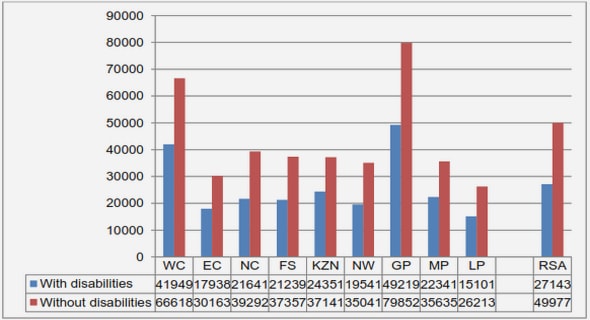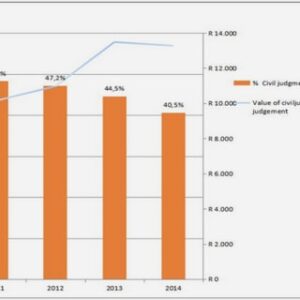(Downloads - 0)
For more info about our services contact : help@bestpfe.com
Table of contents
Introduction
Part I Theoretical and experimental keys for quantum memory implementations
1 Collective excitation in a large ensemble of cold atoms
1.1 Why using cold atoms ?
1.1.1 Down to the single-photon level
1.1.2 Avoiding Doppler broadening
1.2 Collective excitation
1.2.1 The dynamic EIT protocol
1.2.1.1 Electromagnetically-induced transparency
1.2.1.2 Reversible mapping of a photonic excitation
1.2.2 The DLCZ building block
1.3 Critical parameters
1.3.1 Optical depth
1.3.1.1 Definition and general considerations
1.3.1.2 Optical depth in the DLCZ building block
1.3.1.3 Optical depth in an EIT medium
1.3.2 Decoherence of collective excitation and timescales
1.3.2.1 Motional dephasing
1.3.2.2 Differential light shift
1.3.2.3 Residual magnetic field
2 Tools for the atomic ensemble preparation
2.1 Large cloud of cold cesium atoms
2.1.1 Magneto-optical trap
2.1.2 Timing
2.1.3 Optical paths for memory implementation
2.1.4 Measuring the optical depth
2.2 Cancellation of the magnetic field
2.2.1 Probing the residual magnetic field by microwave spectroscopy
2.2.2 Magnetic field compensation
2.3 Optical pumping in mF = 0
2.3.1 Principle
2.3.2 Experimental implementation
2.3.3 Results and discussion
Part II Experimental implementations of quantum memory protocols
3 Experimental investigation of the transition between the Autler-Townes splitting and the electromagnetically induced transparency models
3.1 From the EIT to the ATS models
3.1.1 Atomic susceptibility for a three-level system
3.1.2 Electromagnetically induced transparency model
3.1.3 Autler-Townes splitting model
3.2 Experiment
3.2.1 Preparation of the atomic medium and timing
3.2.2 Signal and control fields
3.2.3 Absorption spectra
3.2.4 Rabi frequency of the control
3.3 Fitting of the absorption profiles
3.3.1 Akaike weights
3.3.2 Per-point Akaike weights
3.4 Theoretical simulations
3.4.1 Multilevel structure
3.4.2 Doppler broadening
4 Quantum memory for orbital angular momentum of light
4.1 Optical memory for twisted photons in the single-photon regime
4.1.1 Experimental setup
4.1.1.1 Mode generation
4.1.1.2 Implementation of the reversible mapping
4.1.1.3 Detection at the single-photon level
4.1.2 Experimental results
4.2 Quantum memory for OAM encoded qubit
4.2.1 Measuring the qubit coherence
4.2.1.1 Interferometry technique
4.2.1.2 Accessing the interferometer phase
4.2.1.3 Observing the interference fringes
4.2.2 Quantum state tomography
4.2.3 Benchmarking
4.2.3.1 Fidelity with the ideal state
4.2.3.2 Fidelity with the input state
4.2.3.3 Classical limit
5 Generation of non-Gaussian state of light from atomic ensembles
5.1 Characterizing the DLCZ building block
5.1.1 Conditional retrieval efficiency
5.1.2 Normalized intensity cross-correlation function
5.1.3 Conditional autocorrelation function
5.2 Experimental implementation of the DLCZ building block
5.2.1 Experimental setup
5.2.2 Characterization
5.2.2.1 Dependence with the excitation probability
5.2.2.2 Dependence with the optical depth
5.3 Tomography of the retrieved single-photon state
5.3.1 Principle
5.3.1.1 Single-photon state in phase space
5.3.1.2 Quantum state tomography
5.3.2 Experiment
5.3.2.1 Experimental setup
5.3.2.2 Temporal mode
5.3.3 Preliminary results
Conclusion
A Phase-frequency locking
A.1 Lasers
A.2 Operation
B Labview managed spectroscopy
B.1 Frequency scans
B.2 Absorption measurement
C Analysis of single-photon detector outputs
C.1 EIT-based memory experiment
C.1.1 Histograms
C.1.2 Efficiency calculation
C.1.3 With interferometry
C.2 DLCZ building block experiment
C.2.1 Timing
C.2.2 Parameter calculation
D From Laguerre-Gaussian to Hermite-Gaussian modes
D.1 Generalities
D.2 Laguerre-Gaussian modes
D.3 Hermite-Gaussian modes
D.3.1 Horizontal and vertical modes
D.3.2 Diagonal and antidiagonal modes
E Effects of detection imperfections on the fidelity
E.1 For LG states
E.2 For HG states
F Atomic filter for the DLCZ experiment
G Homodyne detection
G.1 Principle
G.2 Details about the experimental setup
Bibliography




